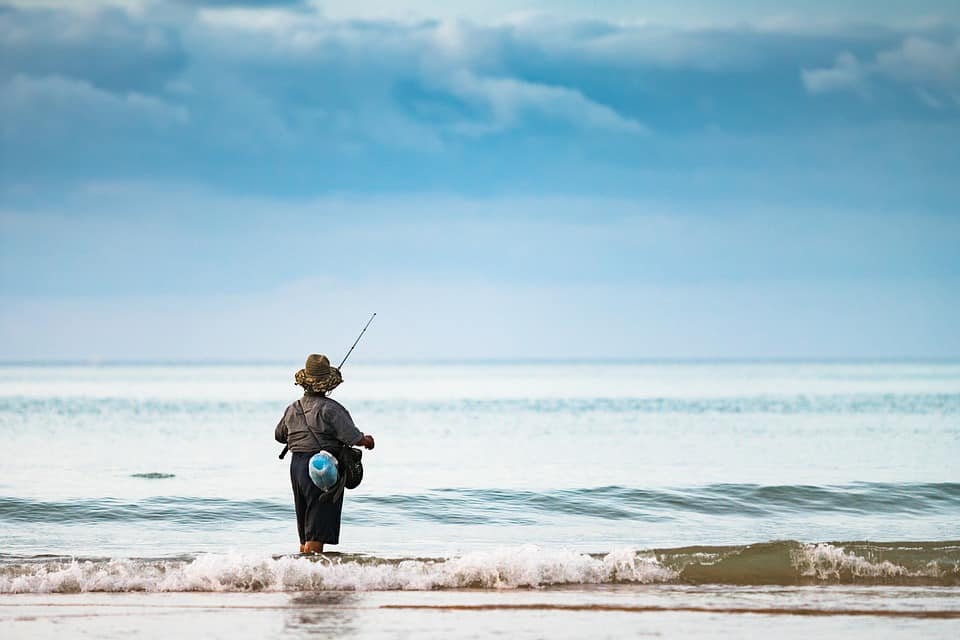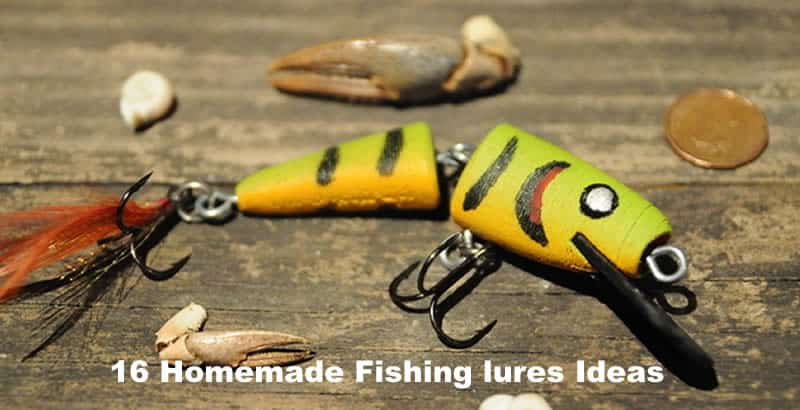If you buy via a link on this page, we may receive a commission, at no extra cost to you.Learn more
Gar put up a great fight when caught. Depending on local laws, they can be fished with bow, net, and hook. They can grow up to several hundred pounds. The alligator gar is the most well know of the gar family. But once you catch them, now what? Can you eat them?
Can you eat Gar? Gar actually refers to more than one species of fish. They all have armor like scales making them difficult to clean. Because of this, many people do not eat gar fish. However, although the fish are edible, their eggs are toxic to mammals and birds.
Many people say that gar are not a good fish to eat. However, most of them have probably never eaten a gar. Most gar grow large enough to provide thick “steaks” of boneless meat that is both delicious and edible. Gar used to be a stable of the open air fish markets and are still on many menus in Louisiana restaurants. The problem is not the taste, but in being able to remove the “armor plating” on the fish.
Catching Gar
Gar is actually more than one species of fish. All six species are heavily “armored,” have elongated jaws with long sharp teeth, and have long bodies. All the species grow large in size, but the alligator gar is the largest, growing over six feet long and weighing over 100 pounds. All the species are edible and tasty. The eggs, however, are considered highly toxic.
Gar are powerful fish that jump similar to tarpon fish when hooked. Landing one of the larger ones can be an exciting freshwater fishing challenge. Whether fishing the largest, the alligator gar, or the other varieties, they are easily found from Canada to Mexico. They inhibit all types of water, from small rivers to large lakes. They prefer oxbow lakes, bayous, and sluggish river deltas, or in quiet backwater pools.
The gar’s bony mouth can make it difficult to set a hook. When fishing with a hook, it is important to wait until the gar lunges at the bait and then jerk the line to set hooks. Many gar will weight over 20 pounds. Some closer to 100. It is necessary to use heavy tackle:
- 30 to 80 pound test line
- Stout rod
- Sturdy reel with an excellent drag.
It is possible to catch some of the smaller gar on lighter weight line, but it runs the risk of losing the fish.
Rope Fishing
Because of the difficulty of catching setting the hook, another option is rope fishing. To rope fish, a four to six inch nylon rope attached to a wire leader is needed. The rope needs to be at least 3/8 inch. The loose end of the rope is unraveled bucktail style for several inches to become a “lure.” This is cast and retrieved near surfacing gar.
When the gar strike, the nylon rope become tangled in its teeth, allowing it be pulled in with the rope alone and no hooks. Once the gar is close enough to the boat, a net can be used if desired to help make the gar more secure and get it into the boat.
Cleaning Gar
Gar are difficult to eat because of their armor like scales. It also important to keep hands clear of the razor sharp teeth in the mouth. Wrapping something around the mouth to keep it shut during cleaning can help prevent injuries. To clean a gar:
- Have the proper tools: Gar’s scales will withstand regular cleaning tools. Having tin snips, wire cutters, and maybe a hatchet in addition to a filet knife is important.
- Make a hole just behind the top of the head: Use the hatchet or “pinch” the skin and use wire cutters to cut through it.
- Cutting: Using the tin snips, cut down each side of this hole until reaching the cutting board. The cut does not need to go all the way around.
- Continue Cutting: Use the tin snips to cut down the back to the tail. Then cut down the each side of the fish near the tail.
- Peeling: Peel the skin/scales away from the meat. Use the filet knife as needed.
- Slicing: After the skin is peeled back, exposing the meat, slice down the back bone and across the ribs. This is very similar to removing back straps from a deer.
- Remove the two fillets.
That is the process. With the right equipment and practice, it is possible to end up with nice fillets for cooking. With larger fish, the fillets can be cut up into nice steaks.
Warning: Gar have internal air bladders and can live out of water. It is important to make sure the gar is dead prior to cleaning. Gar teeth can come off in the skin and lead to a nasty infection.
Cooking Gar
Gar has a slight fishy taste. After being cooked, gar meat is not flaky, but has a texture similar to chicken. This trait is shared by most species of gar. Those that try it often are surprised by how delicious it is.
Gar balls is one typical way of cooking gar. Smaller fish are easier to handle, clean, and cook. The smaller fish are also good for stir frying. However, when larger fish are caught, the steaks can be cooked just about any way you want. This includes barbecuing! Don’t believe us? Check out this recipe here. The largest, alligator gars, can have fillets long enough to create “roasts.” These can also be cooked on the barbecue or baked in the oven.
Once the gar meat is cut up, it can be frozen in water, to prevent freezer burn. This can later be thawed and used for stir fry or ground up into fish paddies.
Cooking Whole
If trying to skin a gar out of its armor seems like too much work, consider cooking it whole. If you are camping, do this by propping the fish upright next to the fire. At home, bake in the oven. When done, let it cool just enough that the scales can be pulled off. The meat along the backbone of the fish can be eaten. Be careful not to ingest any eggs or the meat that is right near the eggs.
Be careful when handling the fish, both before and after cooking. The scales are coated with an enamel like substance and can be very sharp.
Final Thoughts
Gar come in a variety of species, but the alligator gar is one that is often sought after due to the thrill of catching it and its size. All species are edible but have eggs that are toxic to humans. The main reason the gar is not eaten is its armor like scales that make cleaning it difficult, if not almost impossible. One trick to cleaning is using tin snips.
Once cleaned, gar meat is firmer than other fish and stays this way through cooking. It has more the consistency of chicken than fish. The meat has almost no “fish” flavor. It is considered delicious by most people who take the time and effort to clean and cook them.
It is possible to avoid cleaning the gar by cooking it whole. This can be done by a fire if camping or in the oven at home. Either way, after cooking, remember to only eat the meat along the back and none near the eggs. However, you cook it, enjoy one of the most delicious fish.




